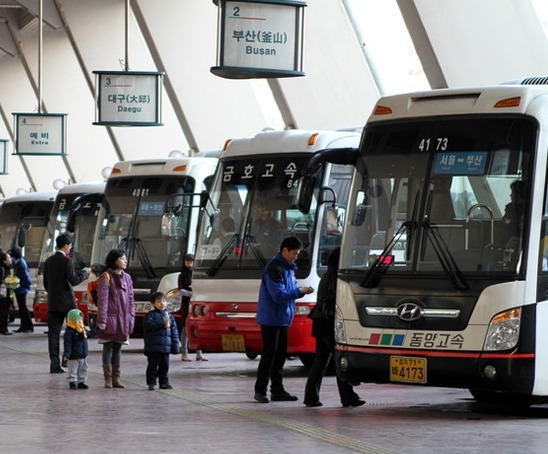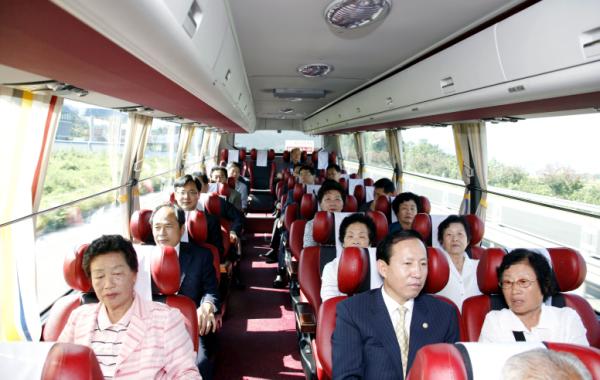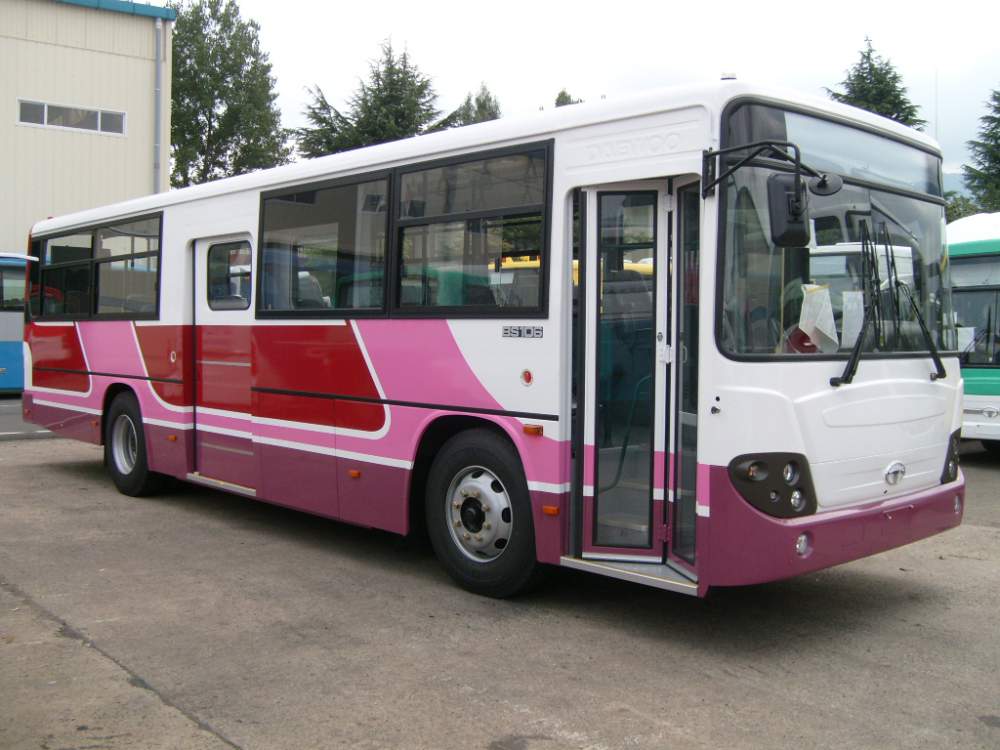Korea is a large country with both rural areas and large cities. You’ll have the opportunity to take various kinds of buses based on how far you want to travel, where your travel originates, and how much you’re willing to pay for comfort.
In this article I’ll point out the differences in each type of bus service.
Regional Buses in Korea
No matter the size of the city or town you’ll be visiting in Korea, chances are near 100% that you’ll be able to get to and from there by bus.
Regional routes can range from just a few kilometers to several hundred kilometers in range, and are served by a couple different types of buses, differing mostly in comfort of travel.
The two main types of regional buses are:
- gosok bus / high speed express bus / 고속버스
- sioe bus / suburban intercity bus / 시외버스
High Speed Express Buses / gosok bus 고속버스
 These buses are the flagship long distance buses in Korea. They make very few stops in between their destinations.
These buses are the flagship long distance buses in Korea. They make very few stops in between their destinations.
These buses are usually lined up right outside major terminals, much like at an international airport.
Gosok bus interiors are quite spacious, well insulated to sound, and very clean. In America, you might compare them to those fancy buses that shuttle people to fancy events and conferences.
Some gosok buses have TVs and reclining seats for the longer, multi-hour journeys across Korea.
Here’s what the interior of a gosok bus looks like.

Photo credit: Website
Suburban Buses / sioe bus 시외버스
Sioe buses are categorized by whether they make any stops in between ultimate destinations.
There are two categories of sioe buses in Korea:
- ilban / stop-overs / 일반
- jikaeng / straight-run / 직행)
Ilban buses will make a few stops between they start of their run and the final drop-off, while jikaeng buses are express, in that they won’t stop at all between their pick-up and drop-off locations.
- mujeongcha / non-stop / 무정차
- jikaeng / straight / 직행)
Be aware that you might end up paying a higher fare if you travel later in the day on sioe buses. Fares are more expensive on buses that run later in the day because they have larger seats and are a bit more comfortable.
It’s kind of interesting that the quality of your bus ride changes during the day!
 Local Buses in Korea
Local Buses in Korea
Two main types of local buses operate in Korea cities:
- jwaseok / coach bus / 좌석 or dosihyeong / city type / 도시형
- ipseof / standing bus / 입석
Usually both of these buses will drive identical routes, you’re just paying for more comfort in the case of the jwaseok buses.
Jwaseok buses are usually only found in larger cities and cost a bit more than their more spartan counterpart, the ipseok bus.
Specialty Bus Routes in Korea
Besides the normal bus routes operating between cities and transit centers, dedicated buses ferry people between marger urban areas and large mass transit centers, such as Incheon International Airport.
These dedicated, high-speed bus routes offer a great way to get into and out of Korea easily.
Many private organizations, such as day-care centers and private schools will offer dedicated bus support that is both safer and more reliable than similar transportation options in America.
A Bit About Road Conditions
If you’ve ever been to Chicago or New York you know the awful road conditions. Huge pot holes that could seem to able to swallow a compact car make driving in both cars and buses a literal headache.
Even the expressways in the United States often make for a bumpy ride.
But in Korea, roads are much better paved and potholes are near non-existent. I find the roads in Korea to be quite similar to the roads in Japan, which are famously well taken care of and smooth.
Charlie Munger, who is Warren Buffett’s Vice Chairman at Berkshire Hathaway, remarked one time,
And the same is true in Korea.